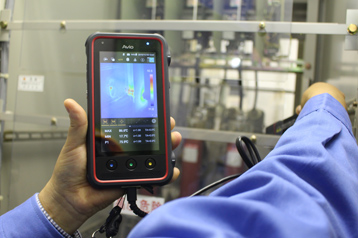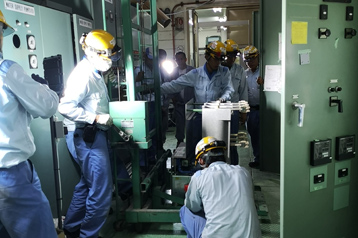Sustainability - Expand businesses that contribute to the environment
We are actively promoting initiatives that contribute to the environment in order to “realize a more affluent future” by leveraging our technology and experience honed over many years.
The Meiden Group aims to contribute the environment through its products and services by utilizing renewable energy sources such as solar, wind and hydroelectric power, by improving the efficiency of its products to save energy, and by optimizing customers’ equipment through maintenance and servicing.
We set a GHG reduction contribution target of 9 million tons/year in FY2023. We achieved the target, having reduced emissions by 9,370,000 tons/year thanks to robust orders and a stronger production management system. Applicable products and services include the wind power sales business, photovoltaic power generating systems, hydroelectric power generation equipment, and electrical vehicle drive systems.
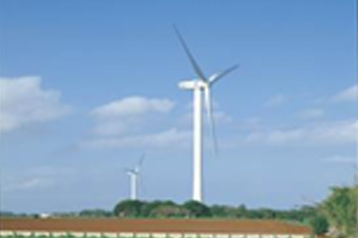
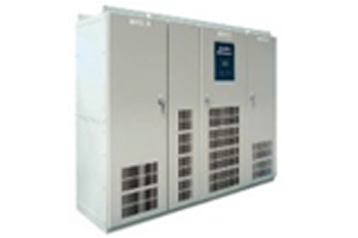

Hydroelectric power is a form of renewable energy that enables steady generation of electricity throughout the year. Meidensha has delivered many small, medium, and large generators to customers in Japan and overseas.
Many of the hydroelectric power generation facilities are aging due to many years of operation. It is effective to renovate in the most suitable way for each power facility. Renovation is expected to improve efficiency/save energy, improve reliability/maintainability, and be environmentally friendly. We investigate the current status of the power facility and propose the most appropriate renovations using the latest technology for each facility.
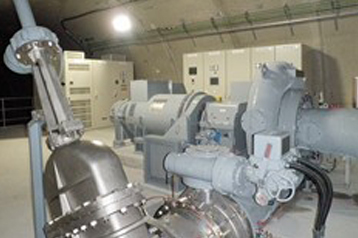
Meidensha supplies motors and inverters installed in electric vehicles, which are becoming more common throughout the world. We promote the development of technology and products for EV and HEV drive systems. We have developed a high-voltage electric vehicle drive unit to accommodate the expanding adoption of rapid charging. Furthermore, we are aiming to miniaturize and increase the efficiency of electric vehicle drive units smaller and more efficient by applying SiC (silicon carbide), a next-generation device.
In 2004, Meidensha succeeded in developing a 72-kV-class tank- type vacuum circuit breaker that uses no sulfur hexafluoride (SF6) gas, which has more than 20,000 times the greenhouse properties of CO2, and has a record of delivering more than 2,000 units to domestic and overseas electricity companies, etc. In 2020, we developed a 145-kV-class model to meet high-voltage requirements. This is the world’s first dry air insulation tank type vacuum circuit breaker of this voltage class. In October 2021, the first unit was shipped to a power company in the US state of Alaska.
In 2022, we received the 2022 Environment Minister’s Commendation for Global Warming Prevention Activity.
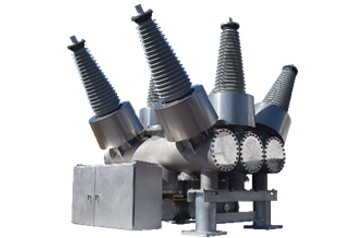
Field engineering is a business that contributes to the solution of customer issues by providing support through the entire life-cycle of a product, from delivery through trial runs upon installation, subsequent proposal and implementation of operation and maintenance plans, maintenance and management of installation locations, remaining life assessment of aging equipment, measures to prolong life, replacement proposals, and disposal.
In addition to regular inspection of equipment, we make proposals to achieve stable operation and life-cycle cost reduction through compliance that may be overlooked such as handling of small quantities of PCBs by the deadline, mercury arc lamps, conserving energy, and conducting environmental analysis and deterioration analysis through thermal imaging, etc., through walk-through activities where we walk through sites with our customers and investigate and assess their equipment.
